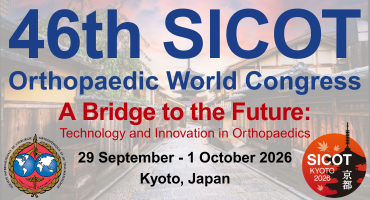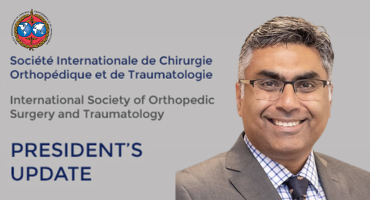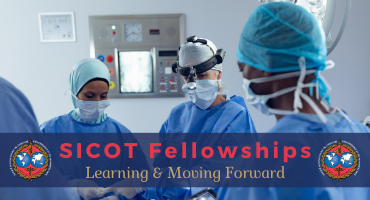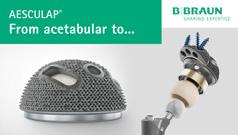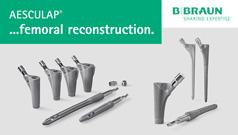Long term outcome and patients' personality in severely injured trauma patients
Injury. 2025 Nov 19:112899. doi: 10.1016/j.injury.2025.112899. Online ahead of print.
ABSTRACT
BACKGROUND: In recent years, more studies have focused on the outcome parameter (health-related) Quality of Life (QOL) after a severe injury. Psychological complaints are known to be associated with QOL. However, little is known about long-term QOL. Studies in other fields, have shown that, apart from disease, patients' personality may be associated with (long-term) QOL.
AIM: The aim of this study was to evaluate QOL, psychological complaints, and physical limitations about ten years after a severe injury and to compare this with the patients' situation 7 years earlier. Furthermore, the association between long-term QOL and patients' personality was examined.
METHODS: The 156 patients who participated in a study to investigate QOL, psychological problems and physical limitations seven years ago, were reassessed to determine their current situation using the same questionnaires as seven years earlier. In addition, patients' personality was assessed.
RESULTS: The response rate was 58%. Except for the social component, no significant differences in patients' QOL, psychological complaints and physical limitations were found in comparison with seven years earlier. The social domain scores had decreased. Personality was significantly associated with all QOL domains. Psychological complaints were not an important confounder in the association between personality and long-term QOL, but they did in the relationship between personality and physical complaints.
CONCLUSION: The QOL, psychological, and physical situation of severely injured patients ten years after their injury is comparable to their situation three years after their injury. Personality was an important factor, strongly associated with long-term QOL. Therapy focused at extending coping strategies may be helpful for patients at risk for low QOL, since no further spontaneous recovery was observed.
LEVEL OF EVIDENCE: This is a Basic Science paper and, therefore, does not require a level of evidence.
PMID:41298216 | DOI:10.1016/j.injury.2025.112899






